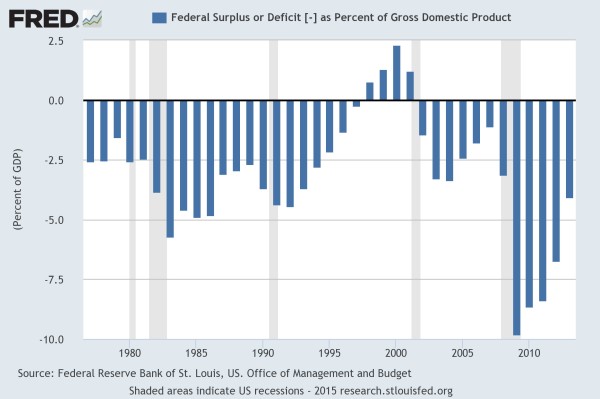Rats! History Does Repeat Itself
And clearly economists don’t learn from it.
Ponder this:
“It was all very well for the rich, who could raise all the credit they needed, to clamp rigid deflation and monetary orthodoxy on the economy … it was the little man who suffered, and demanded easy credit and financial unorthodoxy.”
That’s the voice of E. J. Hobsbawm in his book, “The Age of Revolution 1789 – 1848”, and he is talking about post Napoleonic Europe.
But how contemporary is that sentiment?
We are stuck in a similar situation. Our elite, both here and in Europe, is managing the economy for its own ends. The disconnect with everyday folk is astonishing. The hubris and plain meanness of it all is equally astonishing.
Look at Greece: the attempt to impose a teutonic fiscal ‘discipline’ via stringent austerity has simply led to the debt that was the target of the policy becoming an even larger problem. It is an example of epic policy failure. The Greeks, for all their previous laxity and fiscal ineptitude, are to be applauded for calling for an end to the stupidity.
Except it isn’t stupid. It’s cruel.
For policy makers to ignore the human consequences of their initiatives is a monstrous ethical equivocation. Economists, in particular, are prone to sticking their heads in the sand and pretending that what they theorize is simply theory and that real world consequences are somehow not consequences but accidents. That is to say human devastation is not supposed to be a result of a theory that posits happy endings, efficiency, and the nirvana of optimality. Apparently, to those who propose policies based upon such theories, bad stuff is simply a cost of getting to that happy ending. The bigger the human catastrophe the bigger the gap between reality and utopia. And the stronger the argument, so those of such faiths say, for their proposals.
Burn the village to save it?
The economists who propose utopian theoretical constructs need to be held accountable for the human cost of their extreme faith. They are either unethical because they don’t care about the cost of what they propose; or they are complicit with the elite and want to partake in the oppression. Or both.
I find it disheartening that economics has become so insular that history is expunged from it. Not only economic history, but the history of economics itself.
How can that be?
Economics is, after all, supposed to be explaining economies. And economies are in constant flux. So economics ought to be about flux, and it ought to be able to change in step with the economy. A theory that worked in a primitive industrial setting might not do too well in our advanced, more complex, interconnected, and yet highly bureaucratic setting. To expend great intellectual energy on timeless truths is, in my opinion, a waste. Not that there are no constants, it’s just that those constants are usually buried under a pile of more ephemeral and urgent other effects.
And many of those other effects are political, cultural, institutional, geographic, epistemological, or, gasp, just human, in origin.
Anyway, I think that one constant we can all believe in is that the rich will err on the side of deflation. They will preach the virtues of being creditworthy. They will complain about the slightest hint of inflation. And they will do their utmost to steer policy to aggrandize themselves.
One of the common themes of those doing the political agitating back in the immediate aftermath of the Napoleonic wars, whether they were in France, Britain, or these United States, was their desire to follow heterodox economics. Orthodoxy is an intellectual defense of the elite.
Same as now. Right?
